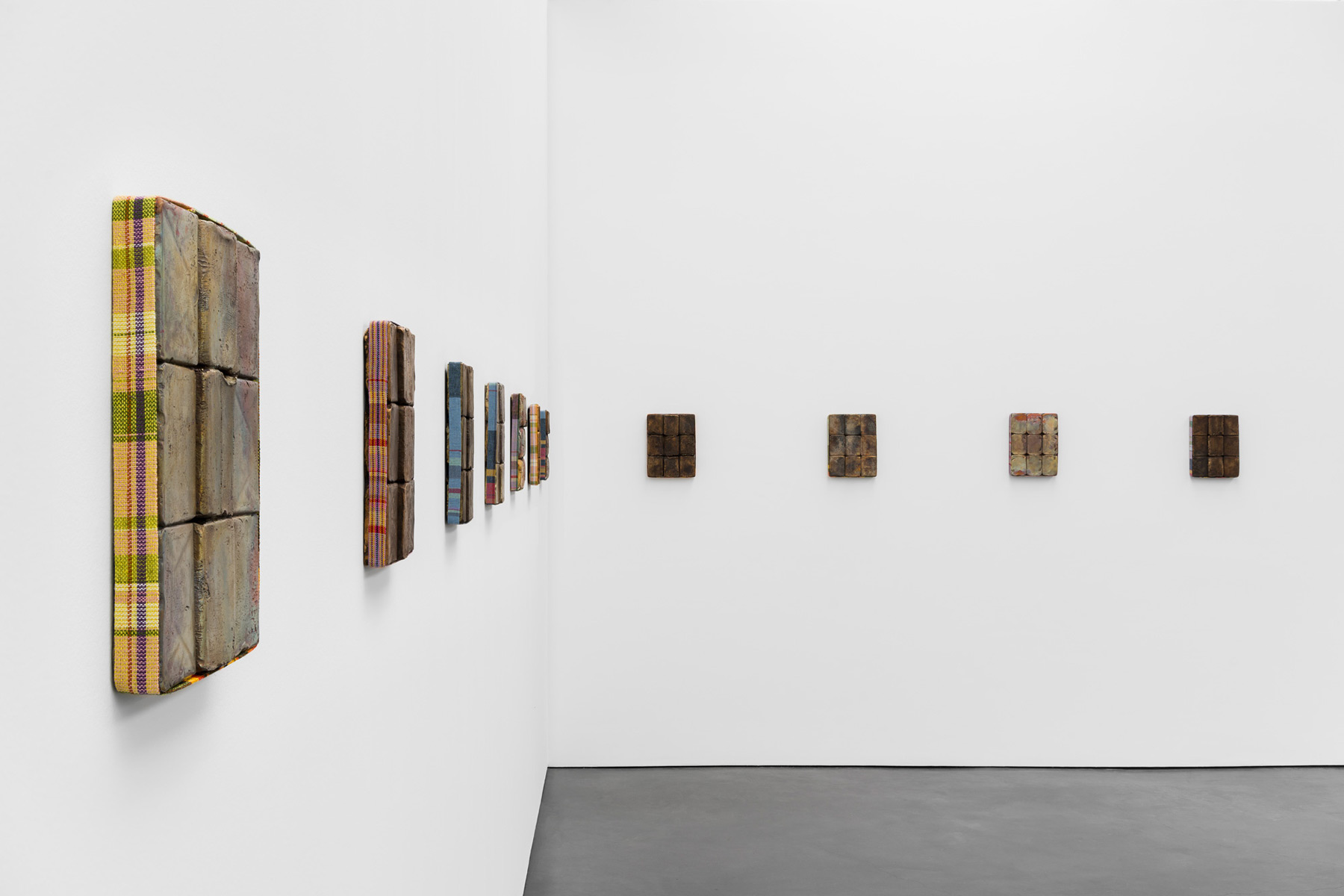
Installation view of Boy Butter at Museum de Pont, Tilburg, 2021
Photo credits: Gunnar Meier
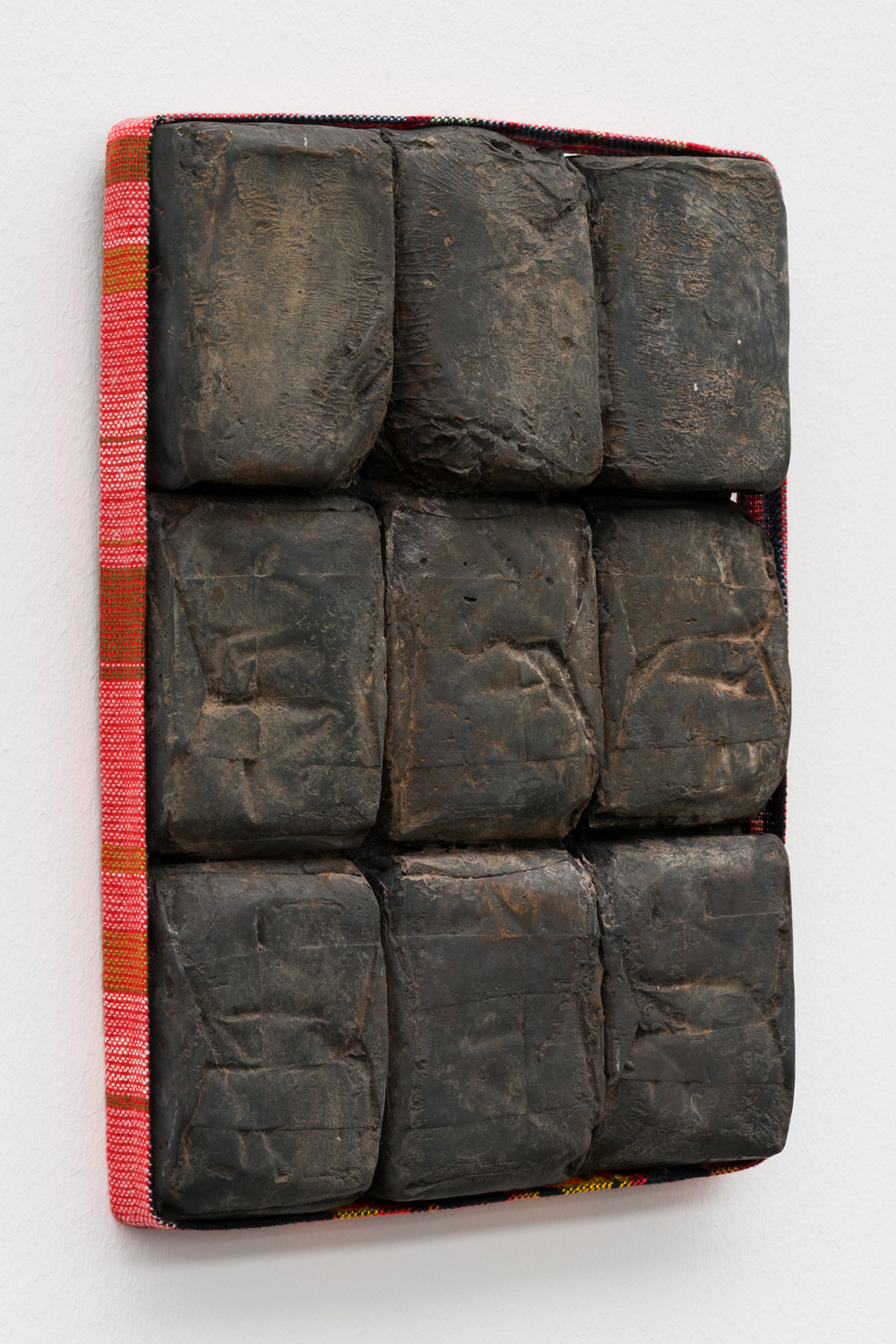
Boy Butter, 2021
bronze and textile (made in close collaboration with Marianne van Aperen)
31 panels, 29,7 x 23 cm each
Photo credits: Gunnar Meier
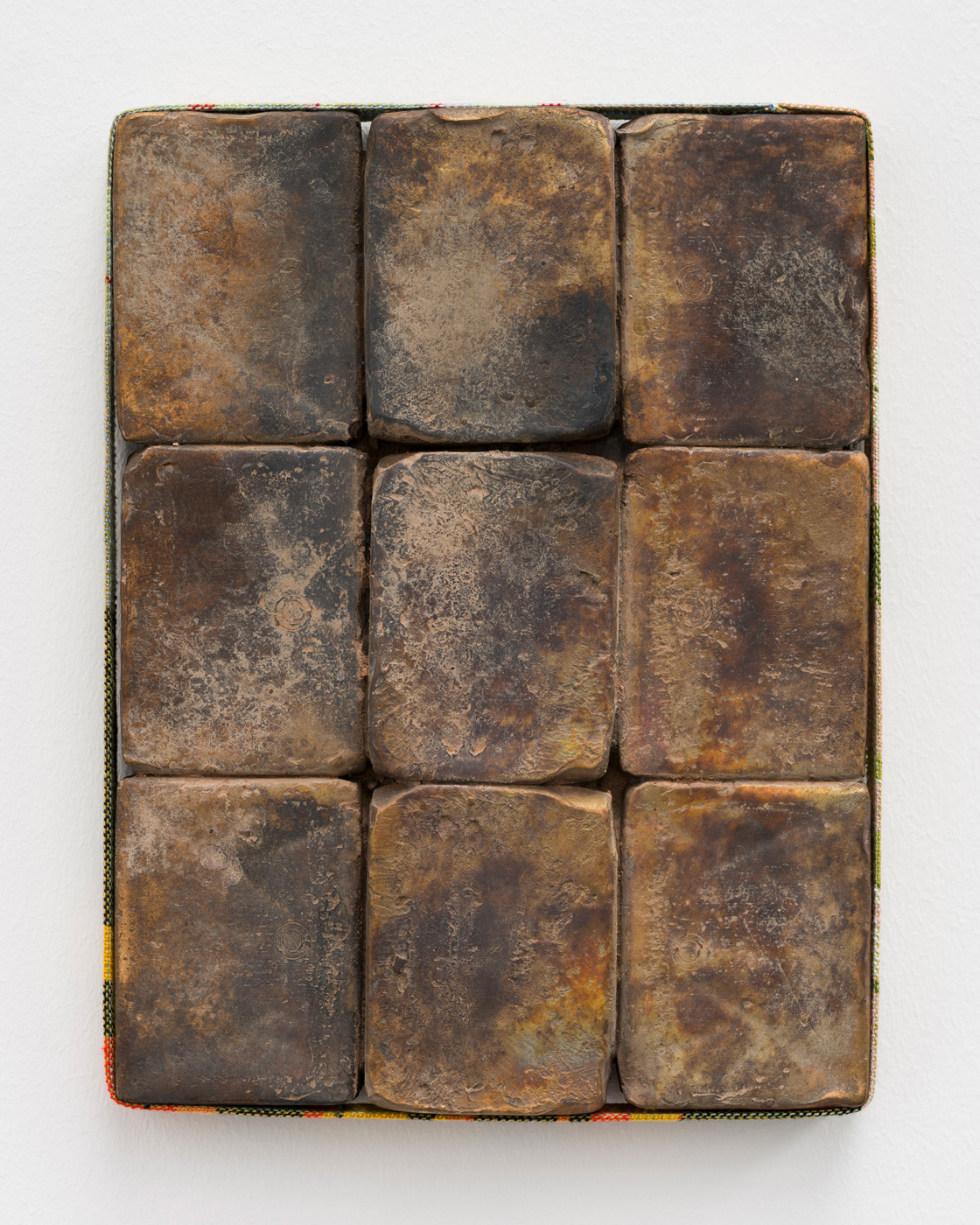
Boy Butter, 2021
bronze and textile (made in close collaboration with Marianne van Aperen)
31 panels, 29,7 x 23 cm each
Photo credits: Gunnar Meier
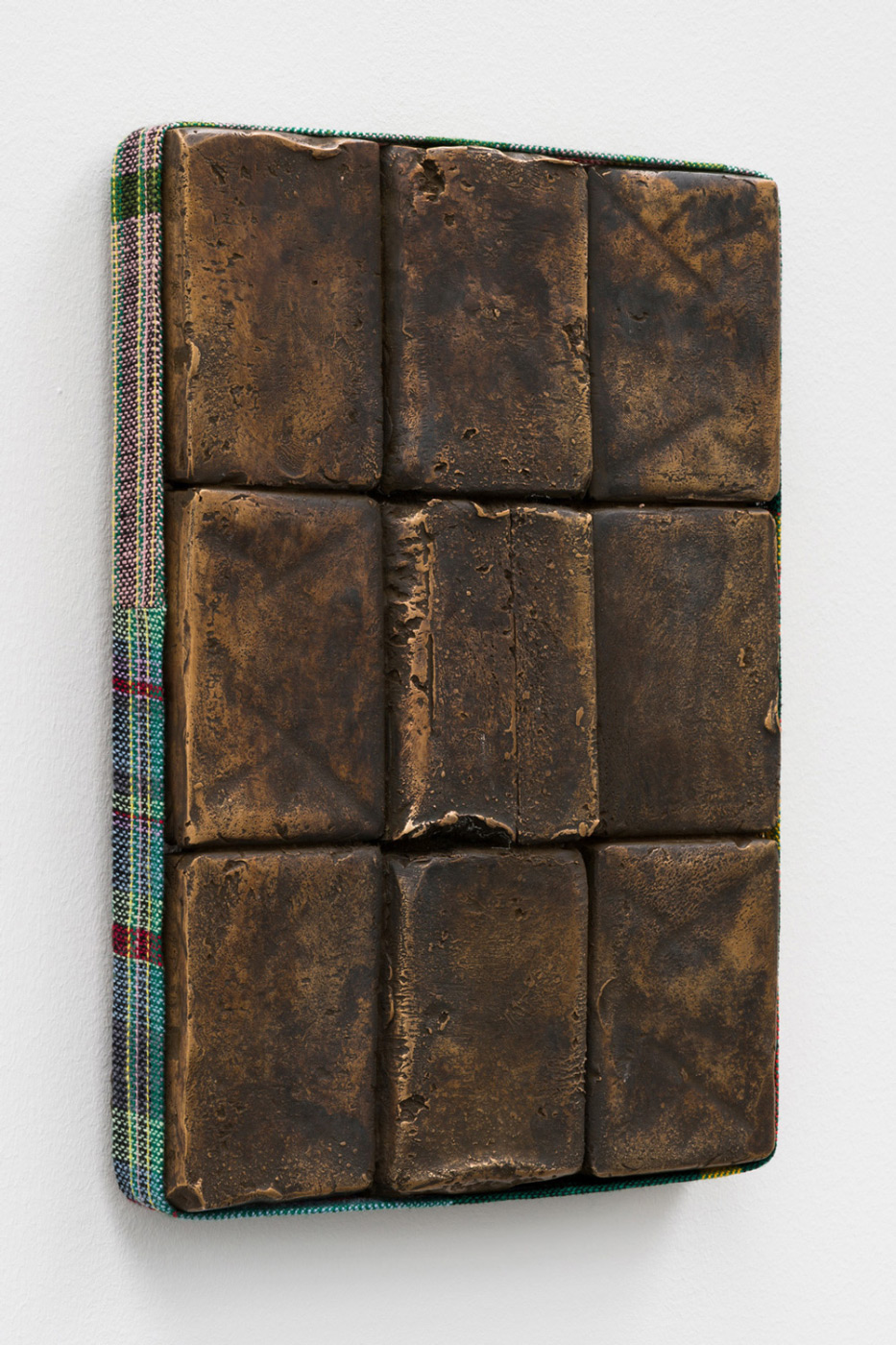
Boy Butter, 2021
bronze and textile (made in close collaboration with Marianne van Aperen)
31 panels, 29,7 x 23 cm each
Photo credits: Gunnar Meier

Boy Butter, 2021
bronze and textile (made in close collaboration with Marianne van Aperen)
31 panels, 29,7 x 23 cm each
Photo credits: Gunnar Meier
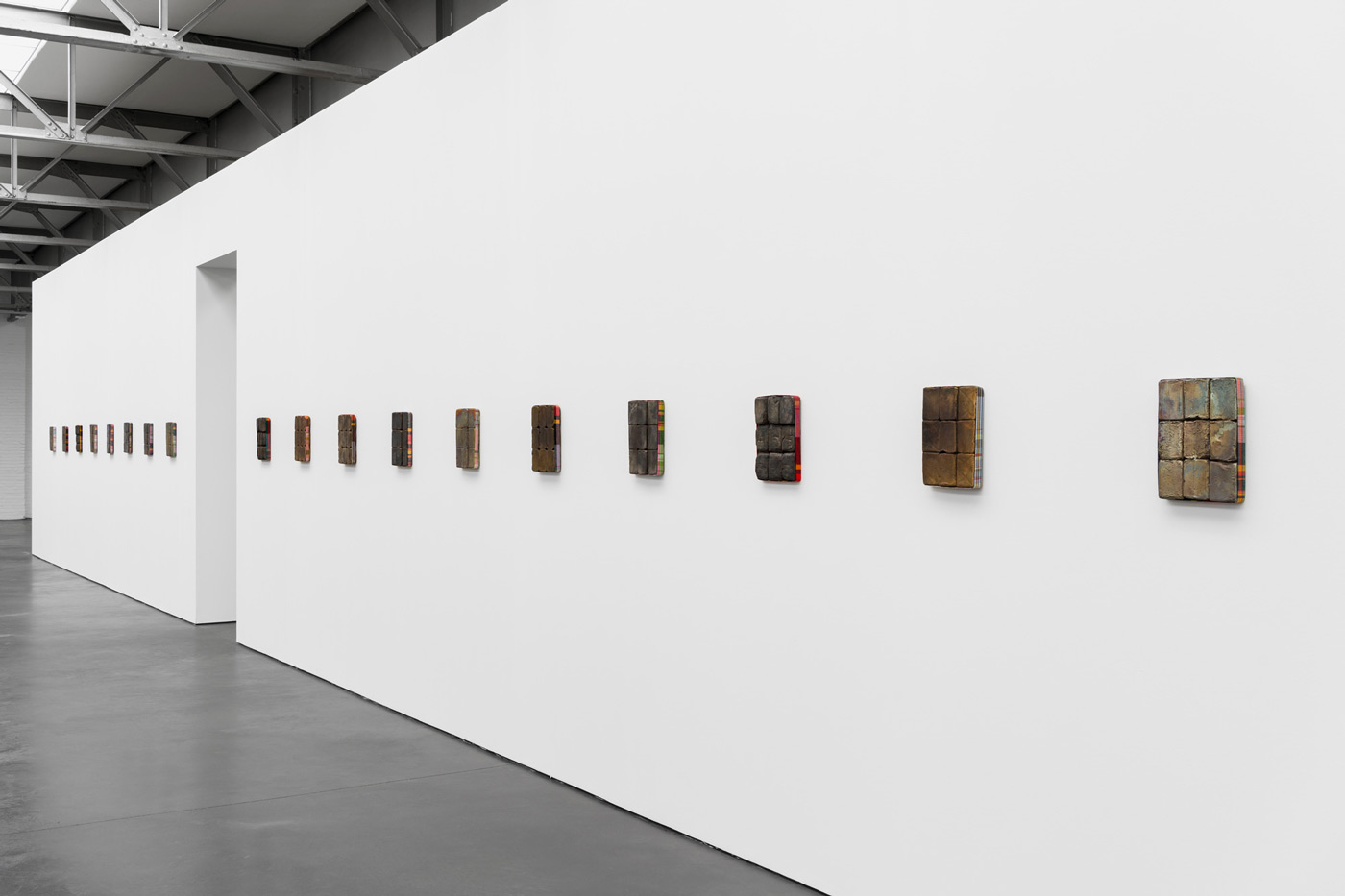
Installation view of Boy Butter at Museum de Pont, Tilburg, 2021
Photo credits: Gunnar Meier
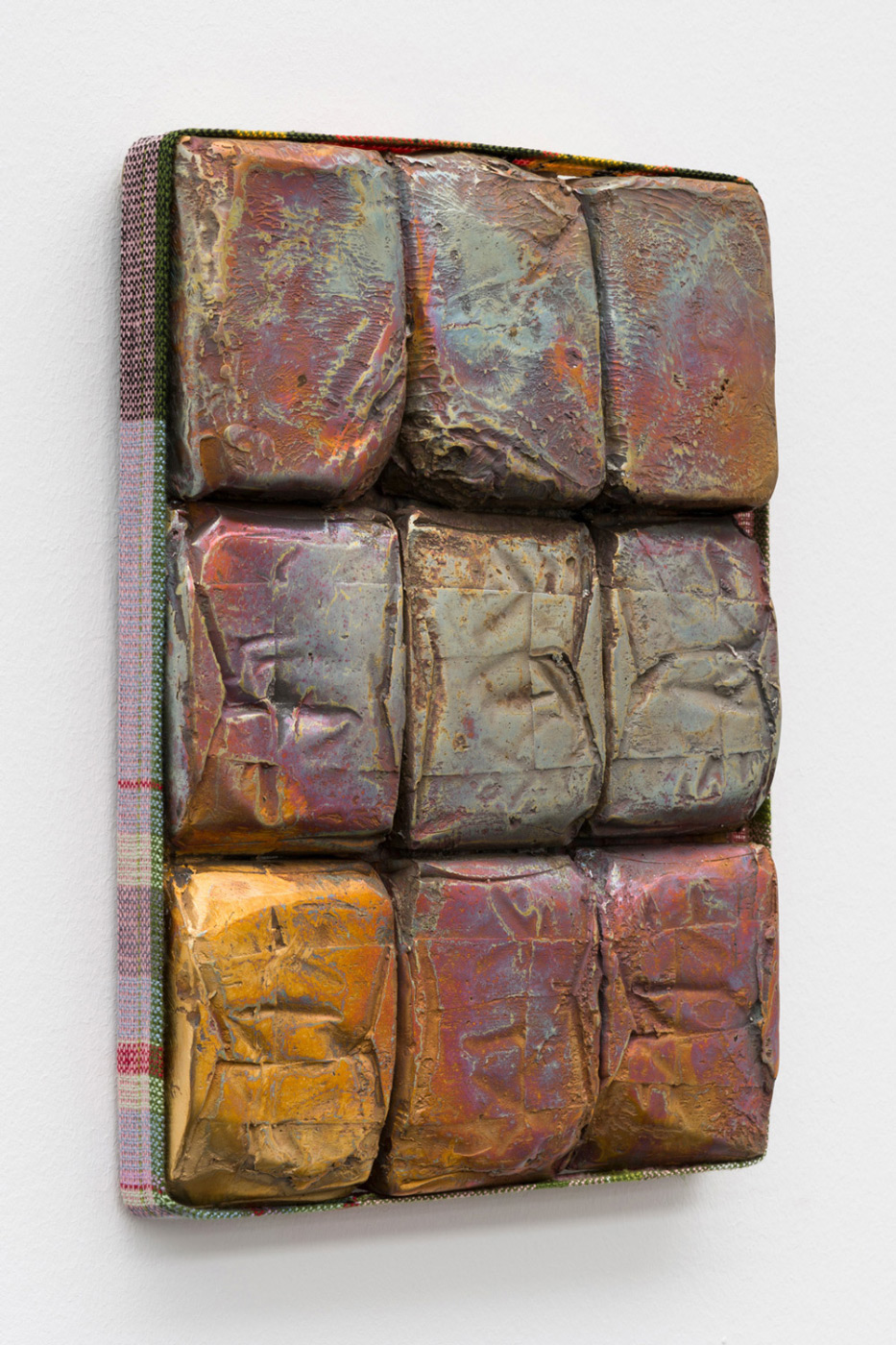
Boy Butter, 2021
bronze and textile (made in close collaboration with Marianne van Aperen)
31 panels, 29,7 x 23 cm each
Photo credits: Gunnar Meier
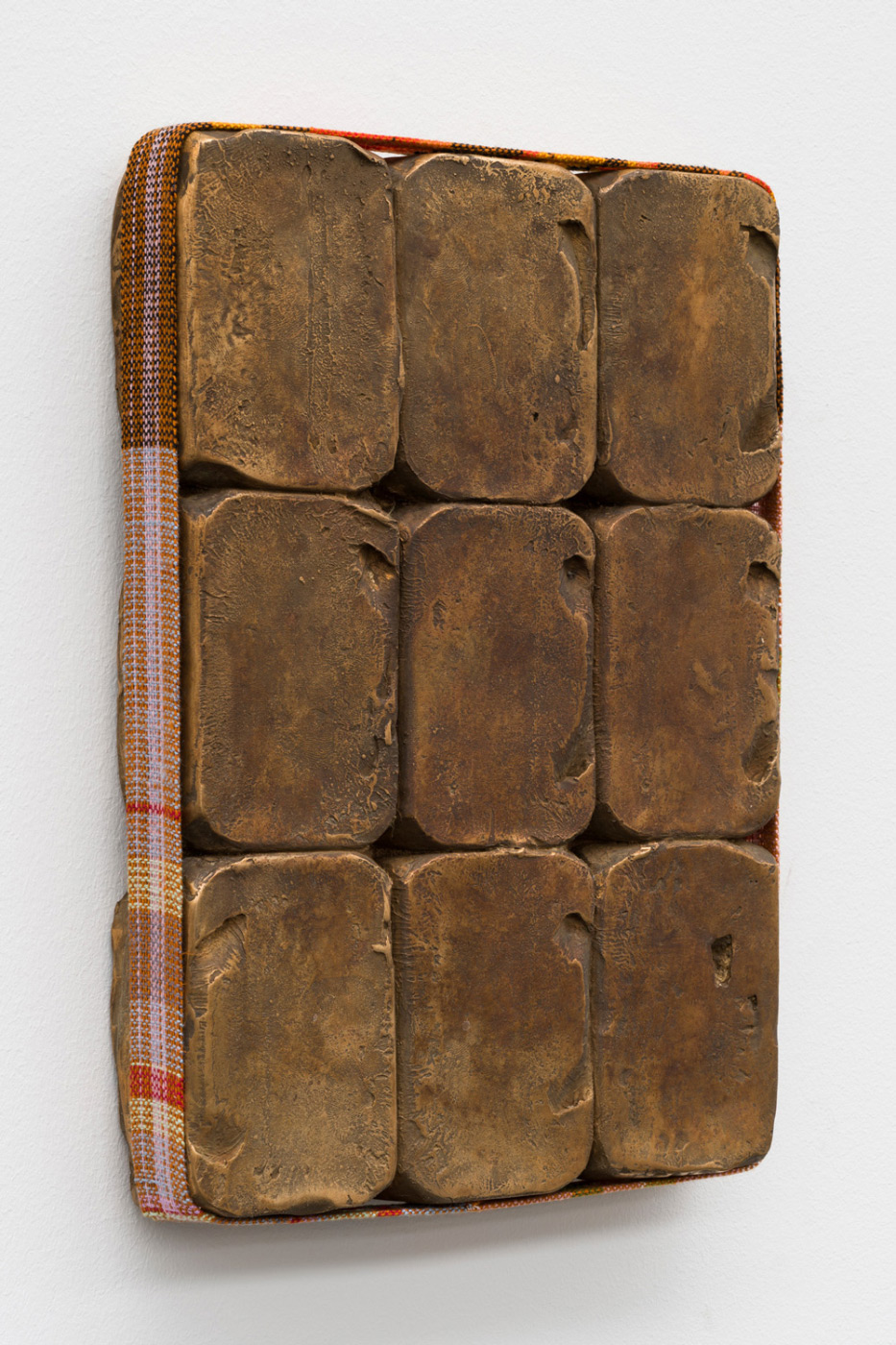
Boy Butter, 2021
bronze and textile (made in close collaboration with Marianne van Aperen)
31 panels, 29,7 x 23 cm each
Photo credits: Gunnar Meier
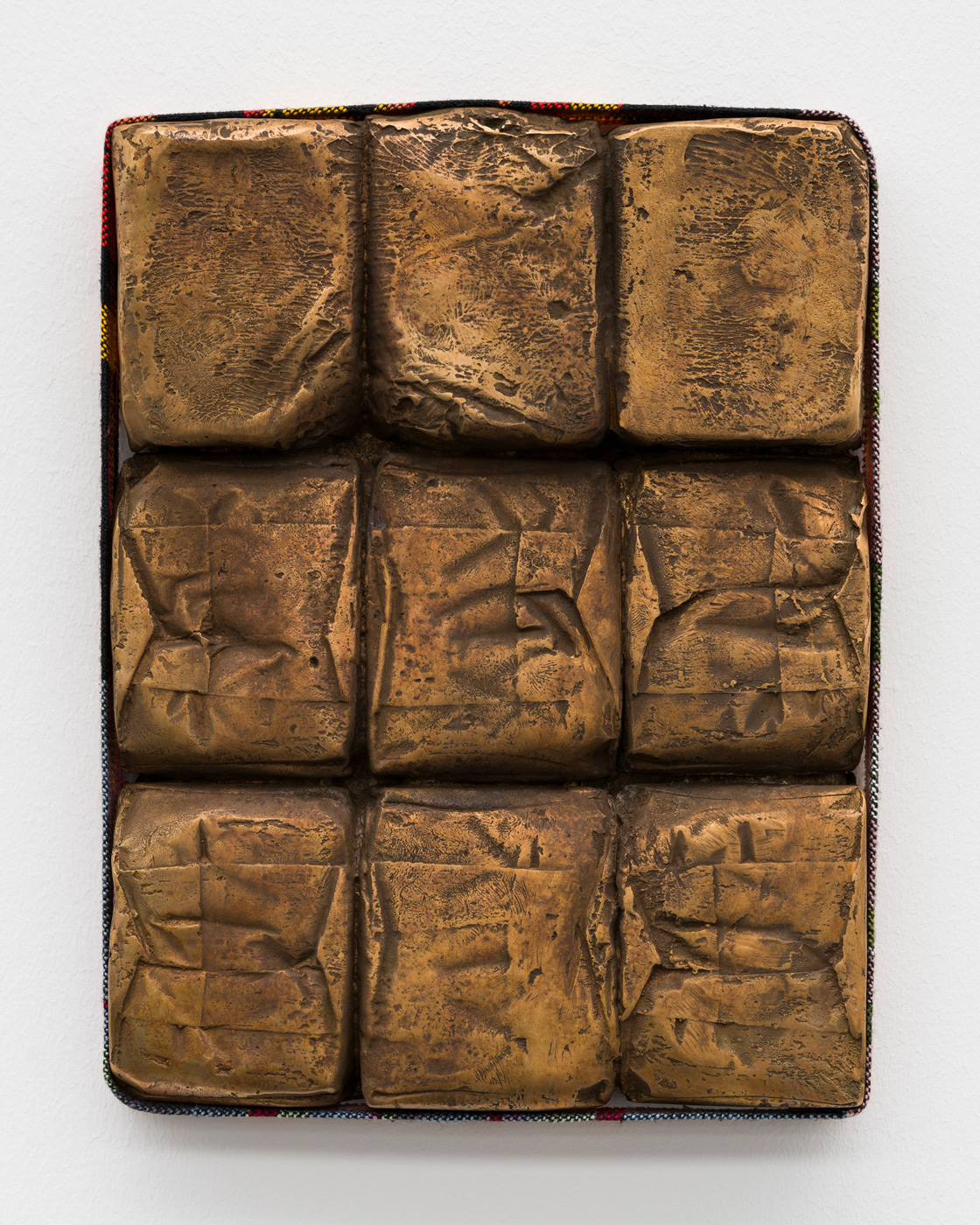
Boy Butter, 2021
bronze and textile (made in close collaboration with Marianne van Aperen)
31 panels, 29,7 x 23 cm each
Photo credits: Gunnar Meier
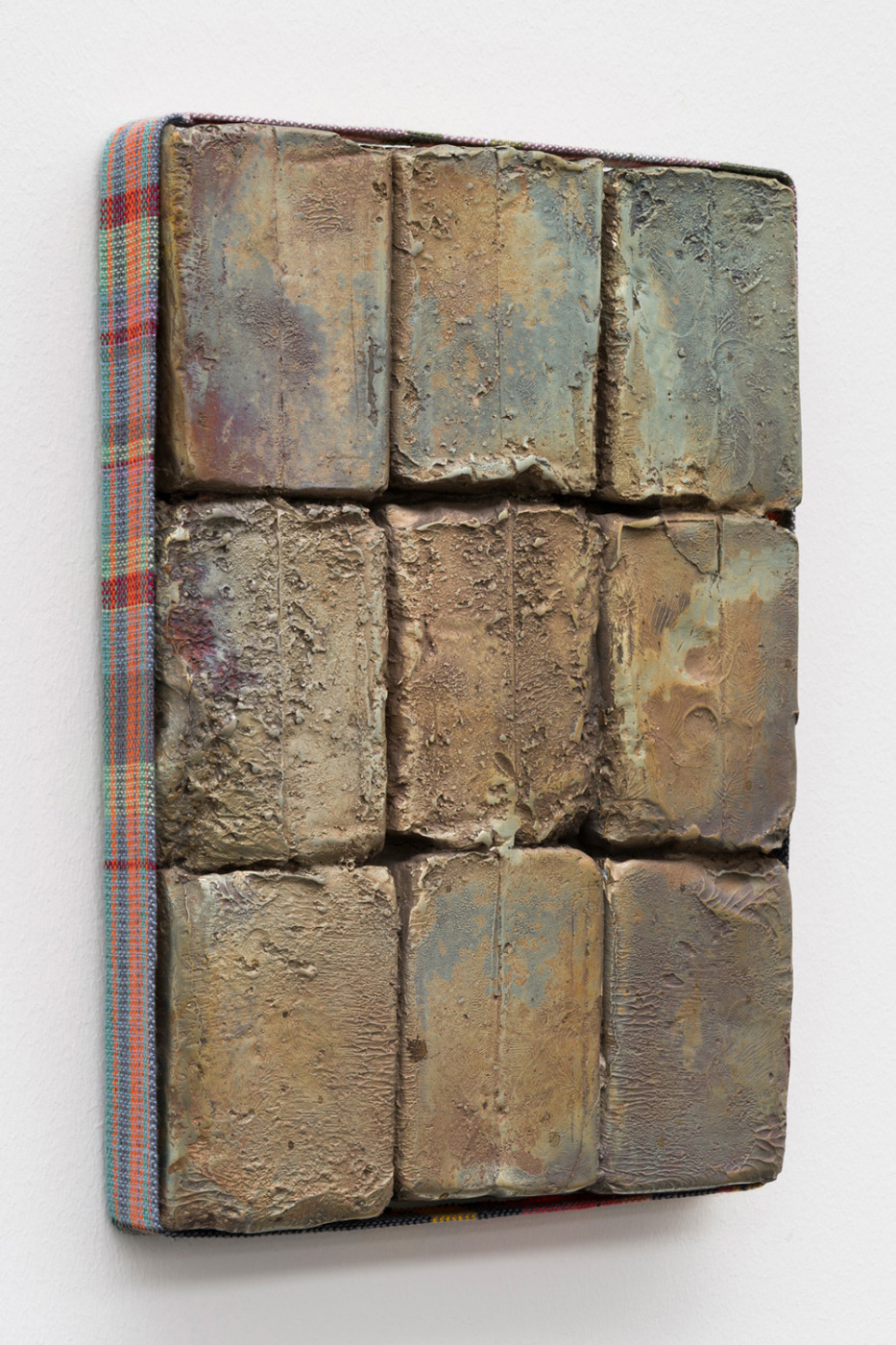
Boy Butter, 2021
bronze and textile (made in close collaboration with Marianne van Aperen)
31 panels, 29,7 x 23 cm each
Photo credits: Gunnar Meier
Traces of the oldest bronze activity in the Low Countries were recently found in Tilburg. It turned out that other, even older bronze objects had been used for the production of the found objects. By melting and recycling older objects, they could be embedded in a different time; a different culture. For Boy Butter, Bosmans had blocks of butter poured off using the cire-perdue-method (lost wax).
Bosmans’ bronze butter is displayed on hand- woven textiles that refer to the large-scale butter smuggling after World War II. Thanks to enormous price differences between the Netherlands and Belgium, butter became the most profitable contraband of the second
half of the twentieth century (followed by the smuggling of hashish and later hard drugs that became on the rise in the 1970s). Smuggling butter is considered the most romantic crime in Dutch history. Stories about this still play a major role in local folklore. This romantic manly act is given a different meaning by Bosmans’ evocative title, which refers to an intimate lubricant for naughty boys. It is not the first time that Bosmans has used “butter” as a material:
a block of butter previously formed the basis for the equally sensual work Dwarf Parade Dog (Ruby Nipples) (2019).